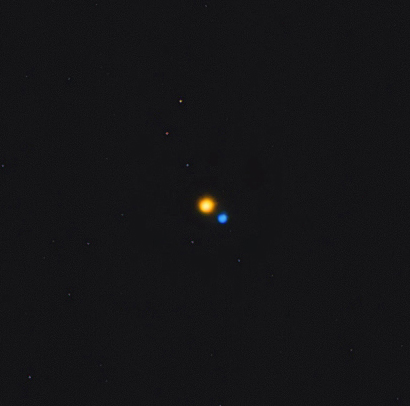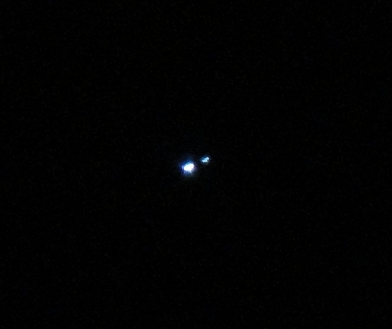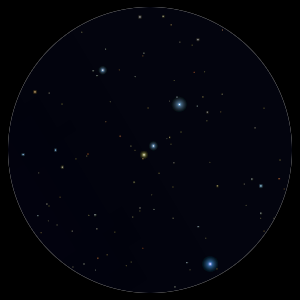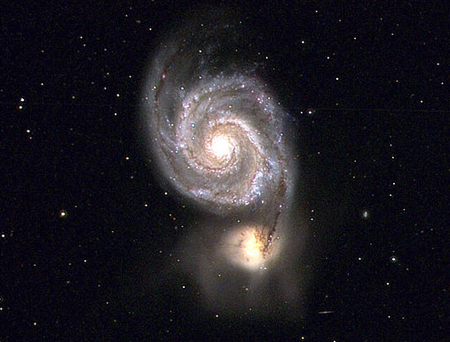When the weather doesn't allow observation, what do you do?
1. Tune Up the Telescope.
Give it a once-over. Check the optics, check the lubrication on the focuser, make sure there are spare batteries for the red dot or Telrad finder, plus any other battery powered equipment in the accessories box. Organize and clean up the observing stuff in general.
2. Go Over the Observation Logs.
I've kept logs of my observation since I was 14 years old. I don't still have all of them, and I don't write a log every time I go out under the sky. But I appreciate it later when I do have logs from earlier years. On cloud cover nights, I can review them and reorganize them as necessary.
By going back over them, I can see objects that were particularly nice to observe that I may have forgotten about, or want another look at (once the sky clears.) I can see objects that I missed in the past that I never got back to. I can see some prior "records" I've set for most deep sky objects in a night, or most planets, satellites, or whatever.
All this gives me further inspiration for future observations. Some of my best observing sessions were planned on an overcast night spent with my logs.
3. Prepare for Future Observations
I've spent time learning new constellations, planning star-hops to new objects, and reading lists of objects (like double stars with interesting colors) in preparation for nights when I can get out and see stars.
I use software to learn constellations (Deep Space on my Amiga computer was really good for this back when), modern software packages can do this, too. Turn off the constellation lines and names, move the sky around a bit, make your best guesses in the part of the sky you can see, then turn on the lines and names and see how close you got.
I also visit the online sky surveys to see what something is going to look like. First I visit objects I know to see how they compare to how they look in my telescope. Then I go to new objects to get an idea of what to expect. Sometimes things don't always look the way you expect, and sometimes you have more than one deep sky object (galaxy, nebula, star cluster) in one area, and you need to tell them apart.
4. Build a New Accessory
Once the scope and all are in good shape, chances are there's something else you'd like to have. This is a good time to make it, or go shopping for it if that's your preference.
5. Take Up Radio Astronomy
After a particularly long period of overcast, I once got so frustrated that I decided to take a first stab at radio astronomy. If I couldn't see light, I'd catch
something that could get through the clouds. After considering and rejecting the idea of making a lens out of paraffin wax (which refracts some radio frequencies) I decided instead to do something a lot easier.
I made a simple
corner reflector antenna. I put together a simple wooden frame (two triangles with sticks connecting them at the corners into a prism shape.) Then I put metallic screen across the back on two sides, and suspended a short dipole antenna across the front (two pieces of wire tied together in the middle by an insulator. I think it was kite string.)
Then I ran this to my short wave radio and hooked it up to the antenna screws on the back. I pointed it at where I supposed Jupiter to be, and after about three hours of messing around I heard radio signal from Jupiter, something like the shots of static from thunderstorms, but different. I kept the reflector around for a while, and showed it off to some friends once the sky cleared (it was a lot easier to point when I could
see Jupiter).
Since then I have set up radio receivers to hear meteors and receive amateur radio "moonbounce" communications. All pretty easy stuff.
On occasion, I have considered drumming up a pair of old "big dish" satellite TV antennas and tying them together into a very small array. But the sky usually clears before I get very far. :)










